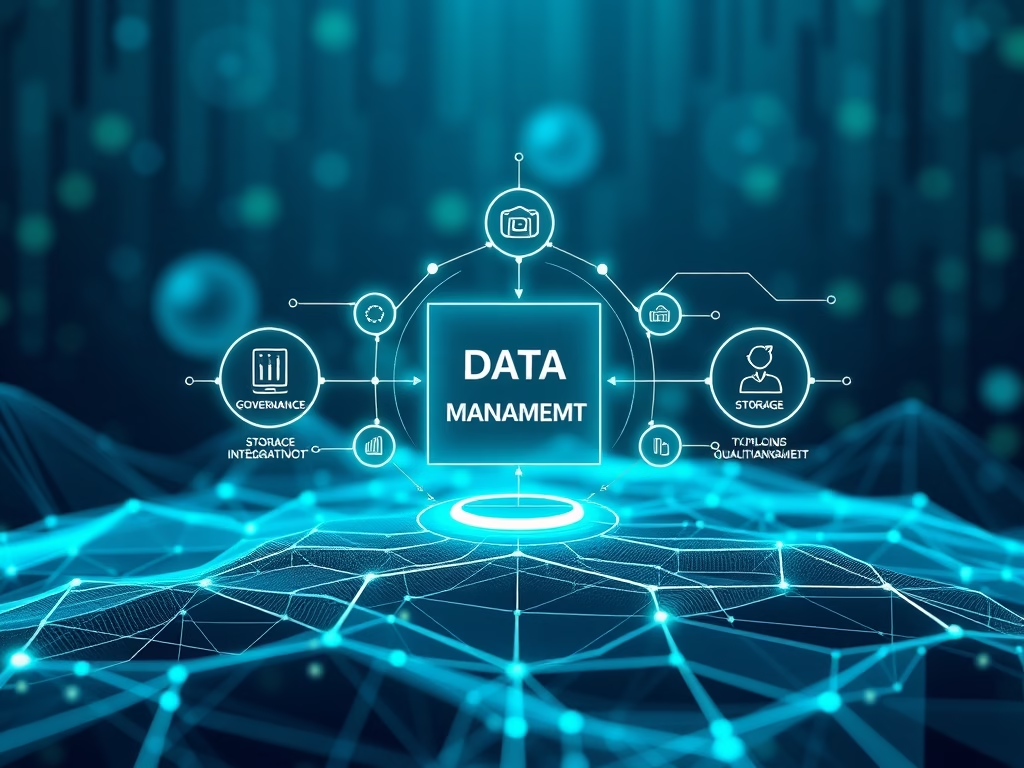Understanding security management is crucial for organizations to protect their assets and personnel. This comprehensive overview explores its importance, key components, and best practices for effective implementation in a rapidly evolving threat landscape.
Understanding Security Management: A Comprehensive Overview
In today’s rapidly evolving world, security management has become an essential function within organizations, regardless of size or industry. This article delves into the multifaceted realm of security management, its importance, components, and best practices for effective implementation.
What is Security Management?
Security management refers to the processes and practices that organizations implement to protect their assets, personnel, and information from threats and risks. It encompasses numerous disciplines, including physical security, information security, and operational security. The primary aim is to mitigate risks, ensure compliance with regulations, and safeguard the organization’s overall integrity. As a dynamic field, security management continuously adapts to emerging threats, technological advancements, and regulatory changes.
Importance of Security Management
- Risk Mitigation: Security management plays a crucial role in identifying potential threats and vulnerabilities that could hinder operations. By conducting thorough risk assessments, organizations can establish mitigation strategies that enable them to proactively address these risks, thus preventing incidents from occurring. This proactive approach is essential for minimizing the likelihood of security breaches and enhancing overall organizational resilience.
- Protection of Assets: Organizations possess various assets, including physical property (buildings, equipment), intellectual property (patents, trademarks), and digital information (databases, customer data). Effective security management ensures these assets are secure from theft, vandalism, or cyber threats. Failing to protect these assets can result in significant financial losses and reputational damage.
- Regulatory Compliance: Many industries are subject to stringent regulations regarding data protection and security (e.g., GDPR, HIPAA). Non-compliance can lead to legal repercussions, financial penalties, and damage to an organization’s reputation. Security management helps organizations stay abreast of regulatory changes and ensures that they adhere to applicable laws, thus maintaining a strong legal standing.
- Business Continuity: In the event of an incident, such as a data breach or natural disaster, having a robust security management plan ensures that organizations can recover quickly. Effective incident response and recovery strategies minimize downtime and operational disruption, allowing businesses to maintain continuity and quickly resume normal operations.
- Reputation Management: A failed security measure can lead to data breaches or other incidents that damage an organization’s reputation. Public trust is critical in business, and maintaining a strong security posture is essential to fostering positive relationships with clients and stakeholders. Organizations that prioritize security management are viewed as responsible and trustworthy, which can enhance their market position.
Key Components of Security Management
Risk Assessment:
This involves identifying and evaluating risks that could impact the organization. A comprehensive risk assessment process includes not only assessing potential threats but also evaluating the organization’s vulnerabilities and existing security measures. Risk assessments should be conducted regularly and updated as new threats emerge, particularly in response to technological advances or changes in the operational environment.
Policy Development:
Organizations should establish clear security policies that outline procedures, protocols, and expectations for employees regarding security practices. These policies should be well-documented, easily accessible, and regularly reviewed to ensure they remain relevant. A strong policy framework serves to guide the organization’s security efforts and establish a culture of security awareness among employees.
Implementation of Security Measures:
This encompasses a variety of strategies, including physical security (e.g., access control and surveillance systems), cybersecurity (e.g., firewalls and antivirus software), and personnel security (e.g., background checks and security clearances). Organizations need to continuously evaluate and enhance their security measures to address emerging threats and incorporate advancements in security technology.
Training and Awareness:
One of the most critical aspects of security management is ensuring that employees are informed and trained on security practices. Regular training sessions foster a culture of security within the organization, helping reduce human error, which is often the weakest link in security. Awareness programs can empower employees to recognize potential threats, report suspicious activities, and adhere to established security protocols.
Monitoring and Auditing:
Regular monitoring of security systems and processes, alongside rigorous auditing, can identify weaknesses or discrepancies in security measures that need to address. This continuous evaluation process is key to enhancing the organization’s security posture. Ensuring that vulnerabilities are swiftly identified and mitigated before they can exploit.
Incident Response Planning:
Organizations must have a well-defined plan in place for responding to security incidents. Including data breaches, theft, and other security violations. This plan should outline roles and responsibilities, communication strategies, and recovery processes. An effective incident response strategy can significantly reduce the impact of security incidents. Allowing organizations to recover quickly and with minimal operational disruption.
Best Practices for Effective Security Management
- Engage Stakeholders: Collaboration between different departments is essential for comprehensive security management. Involving stakeholders from IT, HR, legal, and other areas ensures a holistic approach. This cross-departmental engagement facilitates better communication, resource allocation, and the sharing of critical information, all of which contribute to a more robust security framework.
- Stay Informed: Keeping up-to-date with the latest security threats, trends, and technologies is crucial. This knowledge can influence strategies and the implementation of new security measures. Organizations should invest in training for their security teams and utilize external sources. Such as cybersecurity organizations, to gain insights into emerging threats.
- Continuous Improvement: Security management is not a one-time task; it requires ongoing evaluation and enhancement. Organizations should continually assess their security posture and update their strategies accordingly. By fostering a culture of continuous improvement, organizations can remain agile and responsive to changing security landscapes.
- Utilize Technology: Leverage technology to enhance security measures. This may include automation tools for monitoring, advanced analytics for threat detection, and robust incident management systems. Employing the latest technologies can significantly improve an organization’s ability to anticipate, detect, and respond to security incidents.
- Conduct Regular Training: Providing ongoing training for employees ensures they are aware of their roles in maintaining security and are familiar with the latest security protocols. Training should be tailored to different roles within the organization. With specific emphasis on the unique security challenges faced by each department.
Conclusion
Security management is an integral part of any organization’s strategy to safeguard its assets, personnel, and reputation. By understanding its components and implementing best practices, organizations can build a strong security framework that not only protects against current threats but also prepares for future challenges.
In a world where security risks are ever-present, proactive security management is paramount to sustaining business integrity and reputation. Ultimately, a commitment to robust security management not only protects an organization but also fosters an environment that promotes trust, transparency, and growth.




Leave a Reply